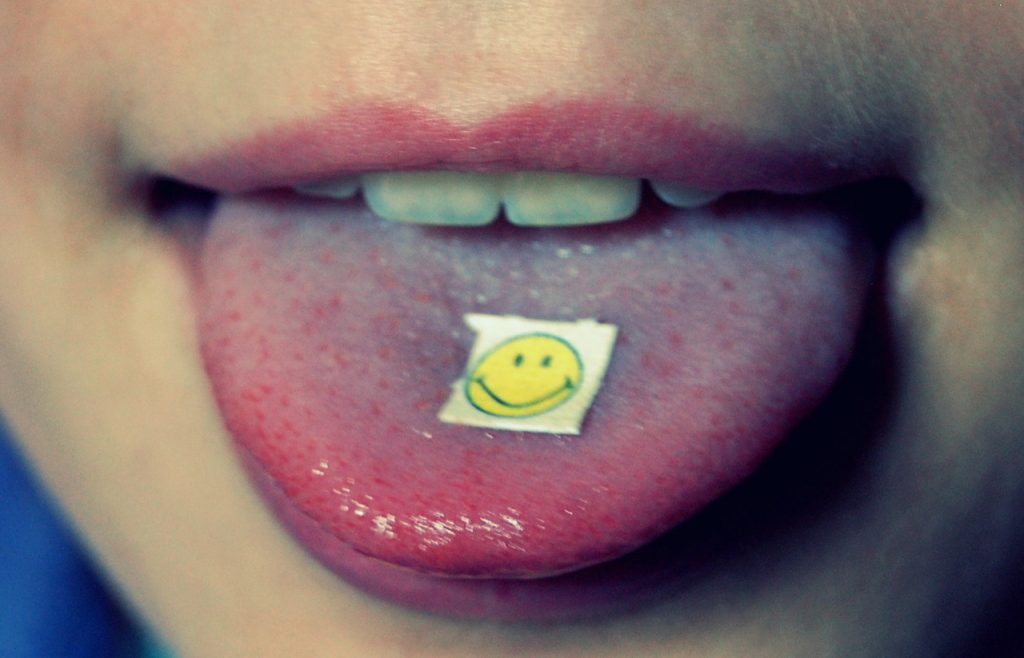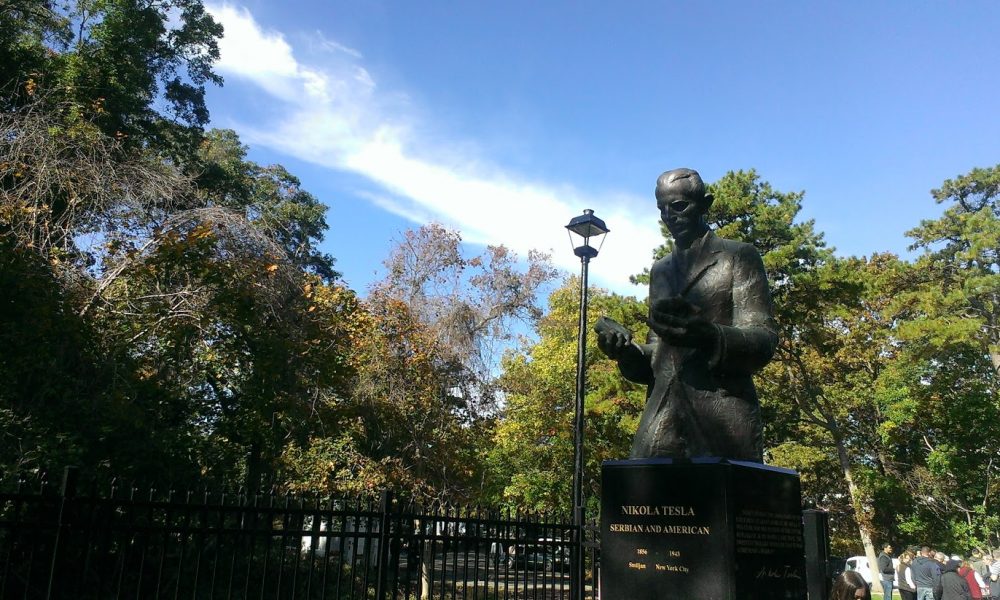Hallucinogens are by far the most misunderstood drugs on campus. Ranging from unusual, mildly dangerous, and risky deliriants such as datura; to the ever elusive, powerful, and desired psychedelic, DMT; the legal almost-everywhere breakthrough disassociative, salvia; and the more common classical psychedelics of LSD and magic mushrooms; hallucinogens come in several varieties with unique effects. Since, however, it would be truly unlikely to encounter any form of deliriant use, or minimal use of disassociative use on campus, let’s stick with the safe use of classical psychedelics and the wonder psychedelic, Ibogaine.
Psychedelics are the most commonly found hallucinogens on campus, which incorporate drugs such as LSD (Lysergic Acid Diethylamide), Psilocybin (the active ingredient in magic shrooms), and pot (a weak psychedelic). Known for their consciousness altering appeal, LSD and Psilocybin are known as the classical hallucinogens which act upon the 5-HT2 serotonin receptors. In doing so, classical psychedelics compete with serotonin over the regulation of behavior, and perception. While people who have not taken these drugs may not fully understand, most psychedelics do not produce true hallucinations of stimuli that is not there. Instead, drugs such as LSD appear to shift objects in 3D space, alter the flow and perception of time, enhance emotional appeal to all forms of stimuli, and uniquely redefine how one thinks. Put in the hands of someone with respect for the drug with a desire to use it for therapeutic purposes, the experience could be one of the most profound in their life.
There are a handful of tips to keep in mind for a good, successful trip. The first, and by far most important for safe doses, is to be in an optimal set and setting. What this means is to enter your trip with both a positive attitude and in a proper place where you feel secure. Ensuring this can prevent anxiety, fear, or repetitive negative consuming thoughts from putting a damper on your trip. Taking these drugs while inexperienced at a concert, for example, may make you anxious and concerned.
The second tip is for people who either are going to increase their dosage or have a first time trip. One of the basics of trying a psychedelic is to have a trip sitter, someone who will make sure you don’t get hurt or make poor decisions while tripping. This is highly recommended for people who attempt heroic higher doses due to the unpredictability that accompanies these drugs. This is especially true of magic mushrooms, whose potency appears to escalate exponentially with the amount eaten.
Classical psychedelics and some disassociatives are not meant for anyone to handle. Though there has not been a consistent study to demonstrate they’re impact, anecdotal evidence suggests that using these drugs can bring out mental health complications sooner than you otherwise would encounter without their use, but only if you were bound to develop the disorder originally without their use. For this reason, it’s advised to avoid their use if you know of people in your family with any risk factors for schizophrenia, bipolar disorder or major depression.
Thankfully, the world is slowly acknowledging the extraordinary medical usages of classical psychedelics. Studies have begun where terminally ill cancer patients have received doses of either LSD or psilocybin under controlled restrictions. The outcome of such studies have shown that in the majority of cases, classical psychedelics have reduced end of life anxiety dramatically.
Another key realm of psychedelic medicine is found in the treatment of cluster headaches. Cluster headaches can last from 15 minutes to 3 hours, and are typically described as excruciatingly painful with an unknown cause. Where one of the only effective (albeit slow) treatments to alleviate the pain is pure oxygen, anecdotal evidence of psilocybin use has been shown to be an unusually better treatment in this disorder. Psilocybin does so by disrupting the chronic reoccurrence of cluster headaches in unknown ways.
However, by far my favorite medical usage of psychedelics comes in the form of Ibogaine. Derived from Iboga, Ibogaine is supposed to be a nasty psychedelic to endure that is anything but fun or recreational. Ibogaine is a psychedelic with some disassociative properties that can last from a few hours to a full 24 hour period. During this time, users may experience ataxia, an inability to coordinate muscle function leaving them unable to walk, persistent vomiting due to the drug’s digestion, heart tachycardia in some cases. And, in unfortunate circumstances, lethal cardiovascular or respiratory effects. The cons of this drug are severe, but its anti-addictive properties is what makes it noticeable. Reports of heroin addicts who have been unable to quit for years demonstrate that a single dose of ibogaine eliminates all withdrawal symptoms of individuals, both physical and mental, for a record six months immediately following their experience. The sheer ability of ibogaine to completely eliminate these effects makes it an important drug that researchers are currently trying to recreate without its psychedelic and negative properties for treatments of alcoholism, nicotine cessation, and opioid withdrawal.
Derived from Iboga, Ibogaine is supposed to be a nasty psychedelic to endure that is anything but fun or recreational. Ibogaine is a psychedelic with some disassociative properties that can last from a few hours to a full 24 hour period. During this time, users may experience ataxia, an inability to coordinate muscle function leaving them unable to walk, persistent vomiting due to the drug’s digestion, heart tachycardia in some cases. And, in unfortunate circumstances, lethal cardiovascular or respiratory effects. The cons of this drug are severe, but its anti-addictive properties is what makes it noticeable. Reports of heroin addicts who have been unable to quit for years demonstrate that a single dose of ibogaine eliminates all withdrawal symptoms of individuals, both physical and mental, for a record six months immediately following their experience. The sheer ability of ibogaine to completely eliminate these effects makes it an important drug that researchers are currently trying to recreate without its psychedelic and negative properties for treatments of alcoholism, nicotine cessation, and opioid withdrawal.



Comments are closed.